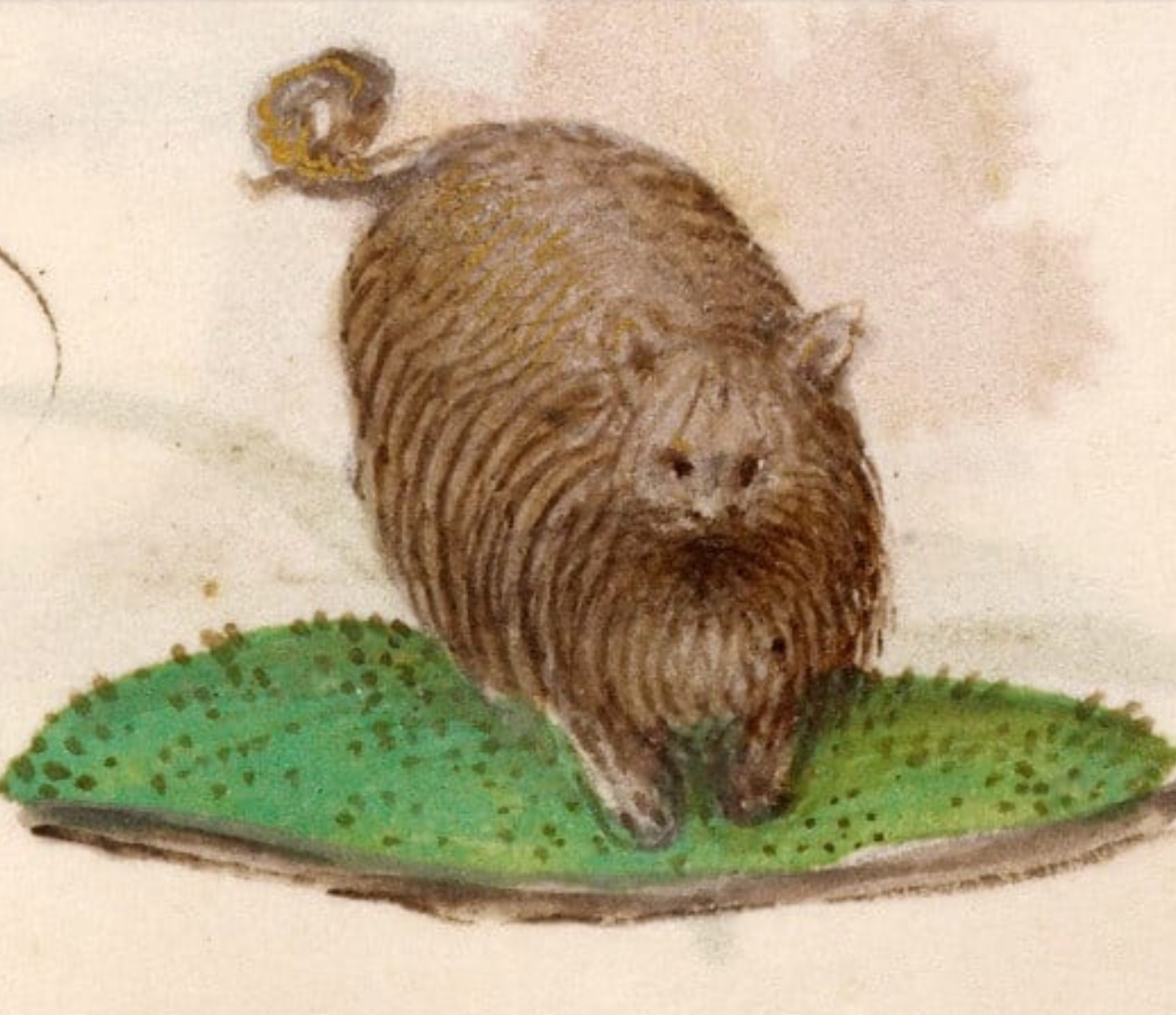“She is gamesome and good,
But of mutable mood, —
No dreary repeater now and again,
She will be all things to all men”
~ “Nature II”
As humans, we are susceptible to disparate moods, as our assumptions, conceptions and opinions are vulnerable to the same; and this is not a bad thing, for moods are fluid, define our personalities, and consequently, there is no assurance that we will not unsay tomorrow that which we have spoken today. We are not to be derided as mercurial and Emerson addresses this expertly:
“I endeavored to show my good men that I love everything by turns and nothing long; that I loved the centre, but doated on the superficies; that I loved man, if men seemed to me mice and rats; that I revered saints, but woke up glad that the old pagan world stood its ground and died hard; that I was glad of men of every gift and nobility, but would not live in their arms.”
~ “Nominalist and Realist”
I comprehend that my having bipolar disorder is a tad more weighty than the mere shifting and divergence of dispositions. Gethyn labelled bipolar a “doubled-edged sword” in that there are — to compensate for failed language — benefits and drawbacks of fluxous moods; additionally, as many constructive manifestations are also adverse, these are prevalent in both presentations. As with numberless countenances, and mine in particular, Emerson fathomed the human condition:
“Our moods do not believe in each other. To-day I am full of thoughts and can write what I please. I see no reason why I should not have the same thought, the same power of expression, to-morrow. What I write, whilst I write it, seems the most natural thing in the world; but yesterday I saw a dreary vacuity in this direction in which now I see so much; and a month hence, I doubt not, I shall wonder who he was that wrote so many continuous pages. Alas for this infirm faith, this will not strenuous, this vast ebb of a vast flow! I am God in nature; I am a weed by the wall.”
~ “Circles”
What are the positives of being bipolar?
There is elevated energy in attendance in my mania, which manifests itself in demanding less sleep and being more dynamic; there is augmented creativity (I have conceived some of my finest art whilst manic), the cultivation of issue of outstanding quality and the capacity to train more.
I discern a profound empathy and sympathy for those who suffer from depression. I am fortunate in upheaved mood, in that I have a reprieve from pain and deep sadness.
Gethyn posits that when you’re bipolar, you know who your friends and family are. There is a handful of people (Gethyn, Daddy, Sissy, Linda to name a few) who “get” me, and enduringly embrace and uphold me. They talk to me. And listen to me. And accept me unwaveringly. This is of great comfort; more so when I am unwell.
Confidence makes its appearance: when manic, I experience heightened intelligence; or at least, the perception of my intellect as pronounced. My creativity soars; I construct more artwork, write more prolifically and experience enthusiasm about all the projects I will commence. Lamentably, once the heightened mood progresses, the certainty and artistry erode.
A charm has been associated with mania, which may explain why I appeal to greater numbers of people at particular times (or am I channeling Pliny now?); this is finite, of course, as my cycle is ever-changing.
What are the negatives of being bipolar?
For me, the low mood is crippling; no respite. I find no joy in anything and long for the elation of mania; when it was not a struggle to be creative, to interact with people, to get up and go to work, to get up and go to the gym.
I have encountered psychotic symptoms when high on occasion, and these are frightening and unsettling for me; by reason, I am aware that what I face is irrational; however, this does not dissuade my mind from constructing these scenarios.
Medications used to treat bipolar are antipsychotics and these come with myriad side effects; often, culminating in the discontinuation of treatment. I have had many side effects over many years; one which most vexes me is weight gain, which renders me under confident. I was body shamed once by someone I know (that person erred; I wasn’t intended to be included in the conversation) which deflated my self confidence; I fleetingly contemplated the cessation of medication because of this; however, I was aware that would be more dangerous for me then a little bit of excess weight, especially given that I am actually well muscled from weight lifting.
Rapid cycling is exhausting.
Over confidence when manic obstructs my ability to manage expectations of myself; I perceive myself to be what I am and not what I am not.
Mundane things that would normally pass unnoticed…don’t; therefore, engage symptoms.
Depending upon my cycle, I am rendered unable to concentrate; therefore, I will often begin a new task before completing a present one; leaving me with several unfinished enterprises. This, coupled with waning productivity and tenacity cited earlier, emerges in unfulfilled endeavours. This may mean achieving outstandingly at work and then “burning out;” requiring time off sick, as was the case this month. Perhaps the most heart-breaking reality of this point in the cycle is the interruption to my furtherance of a PhD.
To close…
Committing these observations to the written word aids me in comprehending myself; perhaps in others understanding me as well. Emerson admonished me to “trust thyself” as much as he often counselled his audiences (including me) to embrace divergent moods.
“The poet also resigns himself to his mood, and that thought which agitated him is expressed, but alter idem, in a manner totally new.”
~ The Poet





















